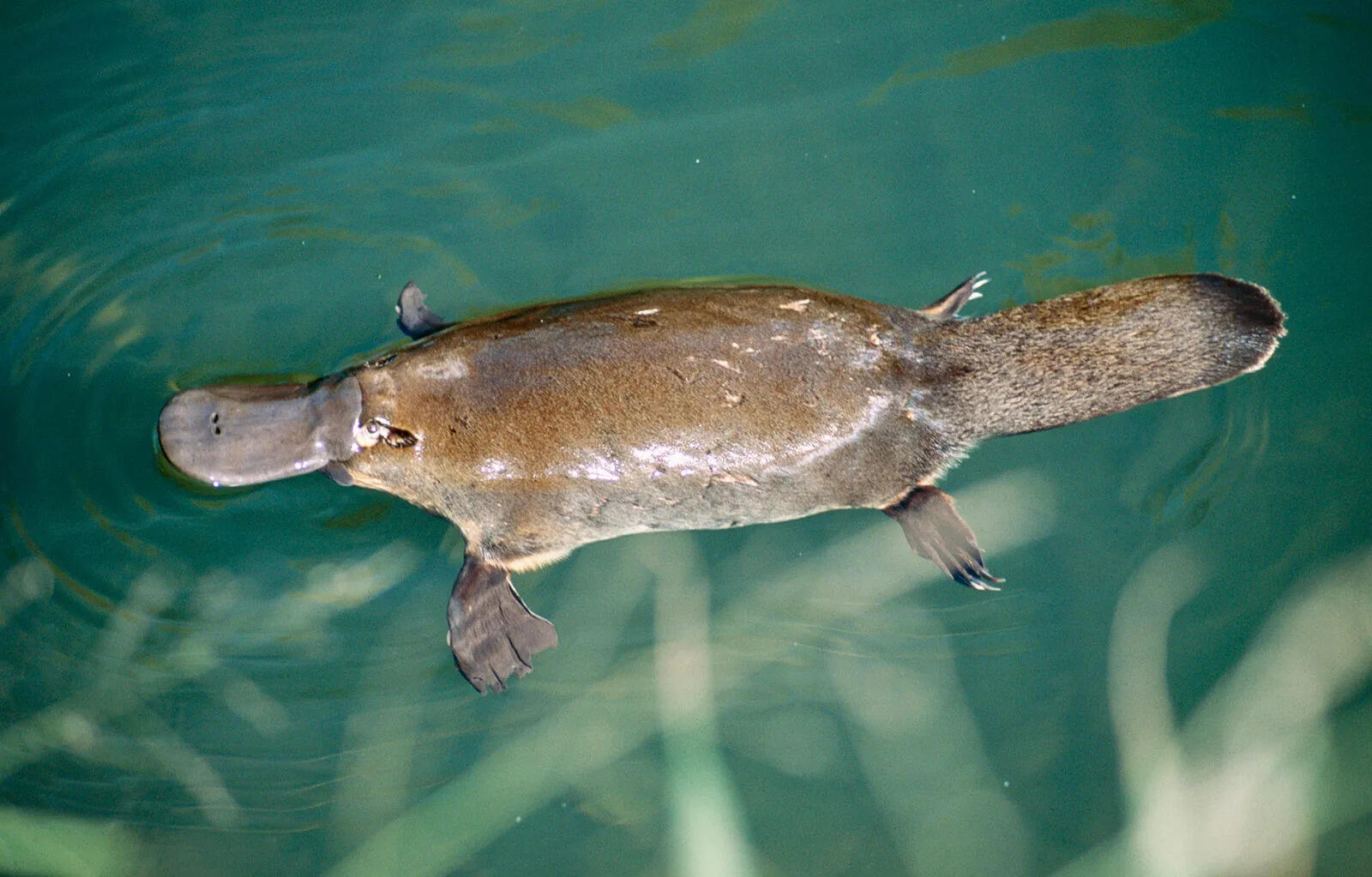List Of 5 Mammals That Lay Eggs!

Here are the top 5 Mammals That Lay Eggs.
1. Duck-Billed Platypus:
The unique duck-billed platypus, native to Tasmania and Australia, features a streamlined body for graceful aquatic movement. Their distinctive bill resembles that of a duck, while venomous spurs in their feet serve for defense. Platypuses feed on aquatic creatures, using their sensitive snouts to locate food. Mating at two years of age, females lay one to three eggs in secluded dens, nursing the hairless, hand-sized babies called puggles in a protective pouch until they're ready to swim.

2. Western Long-Beaked Echidna:
Found in New Guinea, the western long-beaked echidna is the largest of monotremes, weighing around 40 pounds. Their diet mainly consists of earthworms, utilizing strong claws for digging and protection. While submissive, they curl into a ball to defend against threats. Mating in summer, females usually have a single offspring. Because of poaching and habitat damage, the species is severely threatened.
3. Eastern Long-Beaked Echidna:
Resembling its western counterpart, the eastern long-beaked echidna lacks a tail and possesses a small mouth at the tip of its snout. It employs its snout to follow scent trails and forage at night for insects, larvae, and earthworms. Breeding, likely in April or May, remains poorly understood. The IUCN considers the eastern long-beaked echidna vulnerable.
4. Short-Beaked Echidna:
Known as the "spiny anteater," the short-beaked echidna boasts a spiny quill-covered coat resembling a hedgehog. They feed on termites and ants using a sticky tongue and have keen senses for mate-finding during breeding. Gestation takes 20 to 30 days, with the hatchling residing in a pouch on the mother's fur and nursing until self-sufficient.
5. Sir David's Long-Beaked Echidna:
Named after Sir David Attenborough, this small echidna species resides in New Guinea and is critically endangered. Sporting spurs on hind legs for defense, they lead solitary lives but gather for mating annually. The female prepares a well-insulated den for gestating eggs. Once the baby matures, it lives alone, potentially reaching up to 45-50 years of age in captivity.

